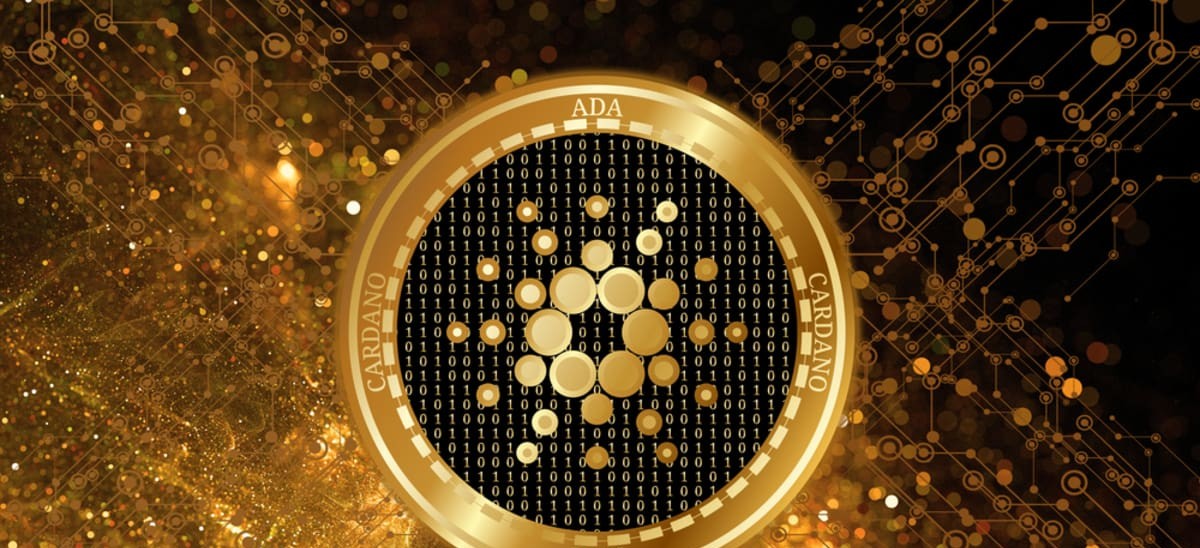The Rise of AI: How Artificial Intelligence is Reshaping Our World
Introduction: The AI Revolution is Here
Picture this: you wake up to a smart alarm that analyzed your sleep cycles, your coffee machine starts brewing as soon as your feet hit the floor, and your virtual assistant reads out your schedule while adjusting the thermostat to your preferred temperature. This isn’t science fiction—it’s the reality of artificial intelligence (AI) in 2024.
AI has moved beyond chatbots and self-driving cars. It’s now embedded in healthcare, finance, entertainment, and even creative arts. But with great power comes great responsibility—how do we harness AI’s potential while addressing ethical concerns? Let’s explore the current state of AI and what the future holds.
—
The Evolution of AI: From Theory to Everyday Life
The Early Days: Rule-Based Systems
AI isn’t new. The concept dates back to Alan Turing’s 1950 paper, *Computing Machinery and Intelligence*, where he posed the famous question: *”Can machines think?”* Early AI systems were rule-based, meaning they followed strict programming without learning or adapting. Think of chess-playing computers—they could calculate moves but couldn’t improvise.
The Machine Learning Boom
The real breakthrough came with machine learning (ML), where AI systems learn from data rather than relying on rigid rules. In the 2010s, advancements in deep learning—powered by neural networks—allowed AI to recognize speech, images, and even emotions. Google’s AlphaGo defeating a world champion in Go (2016) was a pivotal moment, proving AI could outperform humans in complex tasks[1].
Generative AI: The Game-Changer
Fast forward to today, and generative AI is dominating headlines. Tools like OpenAI’s ChatGPT, MidJourney, and Stable Diffusion can write essays, compose music, and generate hyper-realistic images. These models are trained on vast datasets, enabling them to mimic human creativity—sometimes controversially[2].
—
AI in Action: Real-World Applications
1. Healthcare: Saving Lives with Precision
AI is revolutionizing medicine:
– Diagnostics: AI algorithms detect cancers from X-rays and MRIs faster than human radiologists[3].
– Drug Discovery: Companies like DeepMind (Google) use AI to predict protein structures, accelerating vaccine development[4].
– Personalized Medicine: AI tailors treatments based on a patient’s genetic makeup.
2. Finance: Smarter, Faster, More Secure
– Fraud Detection: AI analyzes transaction patterns to flag suspicious activity in real time.
– Algorithmic Trading: Hedge funds use AI to predict stock movements and execute trades at lightning speed.
– Chatbot Advisors: Banks deploy AI assistants to handle customer queries 24/7.
3. Entertainment & Creativity
– AI-Generated Content: Netflix uses AI to recommend shows, while platforms like Runway ML help filmmakers generate special effects.
– Music & Art: AI tools compose symphonies and create digital art, blurring the line between human and machine creativity.
4. Climate & Sustainability
– Smart Grids: AI optimizes energy distribution, reducing waste.
– Wildlife Conservation: AI-powered drones track endangered species and detect illegal logging[5].
—
The Ethical Dilemmas: Risks & Challenges
1. Job Displacement
AI automation threatens jobs in manufacturing, customer service, and even creative fields. A 2023 McKinsey report estimated that up to 30% of tasks in the U.S. workforce could be automated by 2030[6].
2. Bias & Discrimination
AI learns from data—and if that data is biased, the AI will be too. Facial recognition systems, for example, have shown racial and gender biases[7].
3. Deepfakes & Misinformation
AI-generated deepfakes can spread fake news, manipulate elections, and even impersonate voices for scams.
4. The “Black Box” Problem
Many AI models operate as “black boxes”—even their creators don’t fully understand how they make decisions, raising accountability concerns.
—
The Future of AI: What’s Next?
1. Artificial General Intelligence (AGI)
Today’s AI is narrow AI (good at specific tasks). The next frontier is AGI—AI that can reason, learn, and adapt like a human. Experts debate whether AGI is decades away or just around the corner.
2. AI Regulation & Governance
Governments are scrambling to regulate AI. The EU’s AI Act (2024) sets strict rules on high-risk AI, while the U.S. is exploring federal AI policies[8].
3. Human-AI Collaboration
Rather than replacing humans, AI will augment our abilities—think AI-assisted doctors, lawyers, and artists working in synergy.
—
Conclusion: Embracing AI Responsibly
AI is a double-edged sword—it can cure diseases or deepen inequality, empower creativity or spread disinformation. The key lies in responsible innovation:
– Transparency: Companies must disclose how AI systems work.
– Ethical AI Development: Bias mitigation and fairness must be prioritized.
– Lifelong Learning: As AI evolves, so must our skills to work alongside it.
The AI revolution isn’t coming—it’s already here. The question is: How will we shape it?
—
Sources
[1] DeepMind’s AlphaGo
[2] OpenAI’s ChatGPT
[3] AI in Radiology (Nature)
[4] DeepMind’s Protein Folding
[5] AI in Conservation (WWF)
[6] McKinsey Automation Report
[7] Facial Recognition Bias (MIT)
[8] EU AI Act




